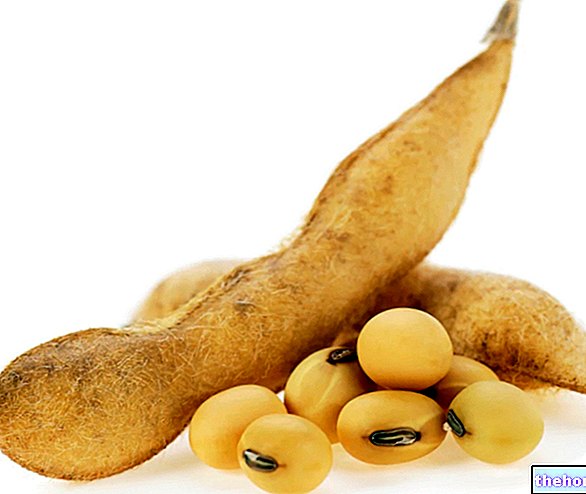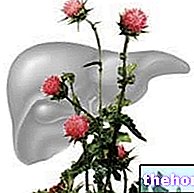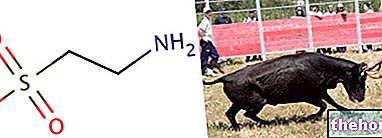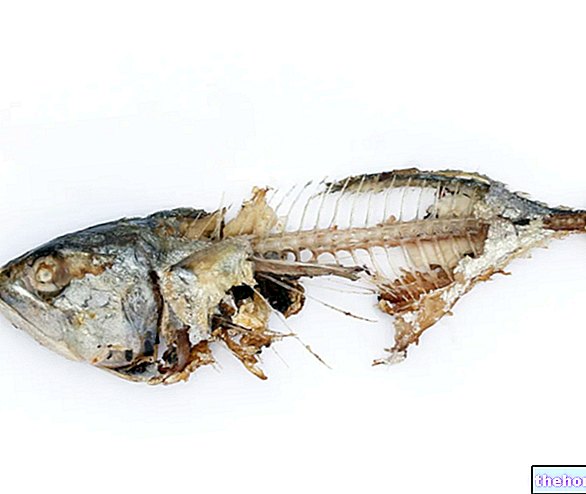What's this ?
Yarsagumba is the Western phonetic translation of the Nepali term used to indicate a mushroom of the "ghost moth" (insect) larvae.
This mushroom is identified by the binomial nomenclature Ophiocordyceps sinensis [syn. Sphaeria sinensis Berk. Cordyceps sinensis (Berk.) Sacc. ].

Mummified caterpillars with emerging Ophiocordyceps sinensis. From wikipedia.org
Yarsagumba acts as a lethal parasite; germinates in the live larva and kills it by mummifying it. Only at this point, the fruiting body of the mushroom (stem and cap) emerges from the corpse until it reaches the surface.
Currently, yarsagumba belongs to the thriving herbal and natural remedies business, in which it has recently acquired a fairly high economic value.
Among the various mushrooms entomopathogens*, the yarsagumba has been in use for at least 2000 years. It has a long history of use in traditional oriental medicine and is also known in the West as a "medicinal mushroom".
*Entomopathogenic fungi: organisms that establish a real parasitic relationship with the insect that manifests itself with an infectious pathology.
The yarsagumba proper is sold whole, together with the larva; the conservation is good, thanks to the mummification of the animal when it is still alive. However, there are also other medicinal forms of O. sinensis (such as capsules or tablets), made from artificially grown mushrooms on other substrates (not larvae).
Yarsagumba is widely used in traditional Tibetan and Chinese medicine, thanks to its alleged healing, energizing and aphrodisiac capabilities.
Although several fermentable strains of O. sinensis, for the moment the larval yarsagumba is not subject to cultivation and is taken exclusively from its natural habitat. As it is easy to deduce, the overexploitation of this resource has led to a progressive impoverishment of the territory, up to the classification of the yarsagumba as an endangered species.



























